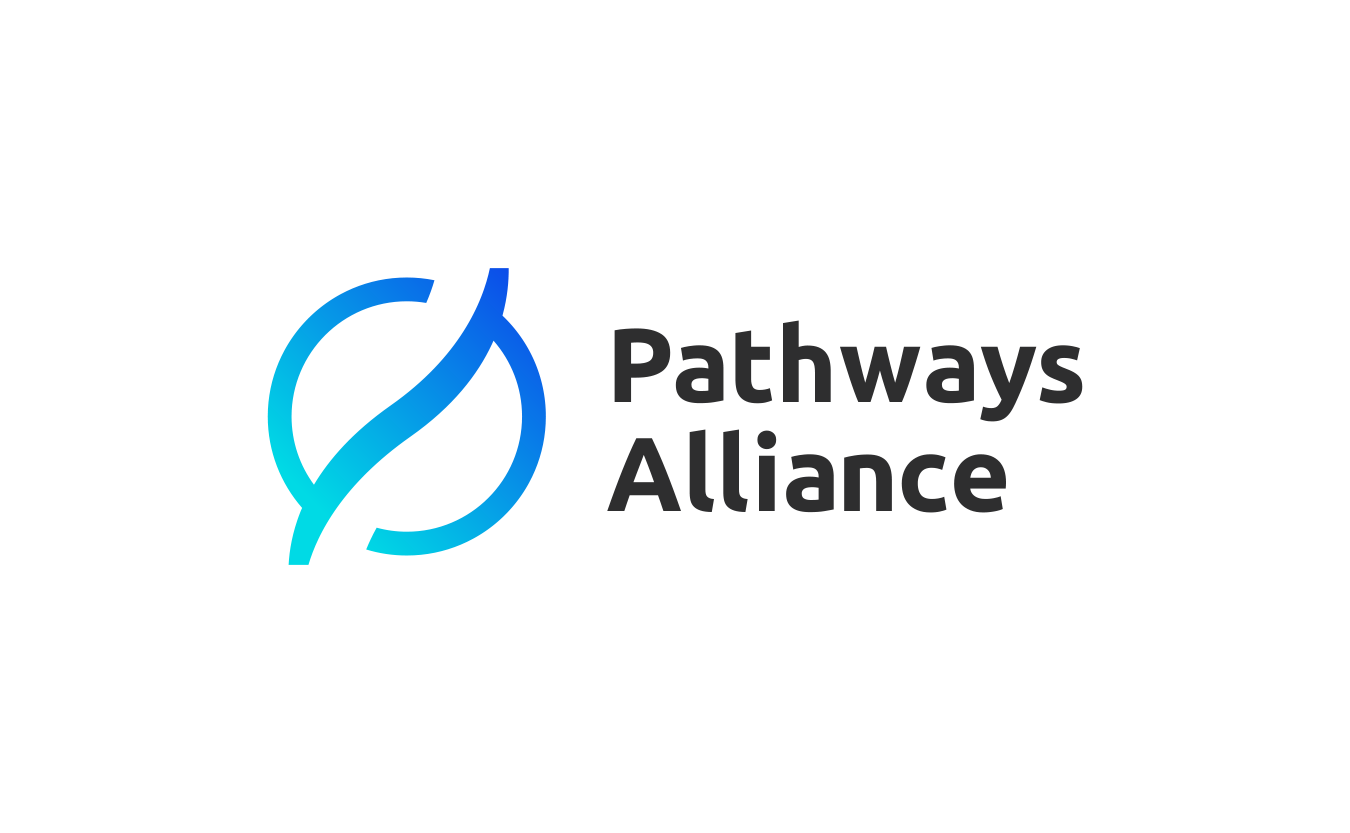
ResearchMoney.com
By Kendall Dilling
Kendall Dilling is President of the Pathways Alliance.
When this year’s United Nations climate change conference (COP27) kicks off in Egypt in early November, Canadian delegates should take pride that they are coming with real solutions to meet Canada’s climate commitments —and the world’s energy security needs.
It may come as a surprise to some conference delegates and observers that Canada’s oil sands industry is playing an essential part in the country’s 2050 net-zero plans.
Our industry recognizes its significant share (10 percent) of Canada’s greenhouse gas (GHG) emissions. We are showing up to COP27 with the resolve to achieve our own net-zero goal for 2050, and an actionable plan in progress to be a major part of Canada’s decarbonization solution.

Some will no doubt argue the only way for the oil sands to contribute to net zero is to cease production. But the technological prowess our industry possesses means that Canada’s oil sands can continue to meet the world’s needs for energy security and affordability, even as we implement one of the world’s most ambitious GHG emissions reduction plans.
Russia’s invasion of Ukraine, and the resulting European energy crisis, show there has never been a more important time for the world to get the oil and gas it needs from stable, peaceful countries, while remaining committed to real emissions reductions.
Canada’s six largest oil sands companies — which together operate approximately 95 percent of Canada’s oil sands production — have come together to form the Pathways Alliance.
The Alliance was born out of the mutual recognition that climate change is one of the world’s most significant challenges, and that we need to reduce absolute GHG emissions from our operations.
Strong industry partnerships and significant technological breakthroughs have resulted in reduction of per barrel carbon dioxide (CO₂) emissions by 22 percent in the last decade alone.
However, for the industry to assure its long-term future — and meet the demands of its customers, Canadians and the investment community — we know we need to reduce absolute emissions and eventually get to net zero.
World’s largest carbon capture and storage networks
Working with governments, the Pathways Alliance brought forward a multi-phased plan, aimed at reducing CO₂ emissions by 22 million tonnes by 2030 in its first phase. A steady course of action will implement operational improvements, and deploy new technologies to achieve our 2050 net-zero goal.
Key to those efforts is one of the world’s largest proposed carbon capture and storage (CCS) networks. Located in northeastern Alberta, it will start by sequestering 10-12 million tonnes of CO₂ by 2030, reducing emissions from 14 oil sands facilities. Eventually, our proposed carbon storage hub could see another 30 to 40 million tonnes captured in later parts of our plan.
Pathways Alliance plans to invest approximately $16.5 billion before 2030 in its CCS network, which, when built, will be 10 times larger than any current project in the world. An additional $7.6-billion investment is planned on other emissions reduction projects before the end of the decade, for a total of $24.1 billion.
Engineering, environmental, and regulatory work is well underway on the CO₂ capture and storage facilities, as well as a proposed 400-kilometre pipeline.
The Pathways Alliance was recently given the green light by the Government of Alberta to further evaluate its proposed carbon storage hub in the Cold Lake, Alberta region, which could eventually see more than 1.1 billion tonnes of CO₂ safely stored deep underground in a saline aquifer.
Pathways’ six member companies have assigned some 200 of their brightest minds to work on the Alliance’s net zero plan. Technical working groups have been formed to study and advance more than 70 technologies that could potentially be deployed, to help further reduce emissions in later phases of its plan.
Realistic and achievable targets required
We continue to work with the federal and Alberta governments to ensure Canada’s co-funding programs and CCS regulations are globally competitive, so that our industry emissions reduction targets are realistic and achievable. We remain confident we will get there, and look forward to demonstrating our efforts to align with government plans as we share our intentions with COP27 delegates.
When most people speak of energy transition, they are thinking of transition away from oil and gas. However, transition really means transitioning away from GHG emissions while continuing to provide the energy that the world needs.
We must focus on continued development of renewables and other non-GHG emitting sources of energy. But we also must focus on decarbonizing oil and gas at the same time. So as long as oil and gas are required, reducing their GHG emissions will also play an important role in achieving global climate objectives.
The oil sands industry is working together with an unprecedented level of collaboration between companies and government, Indigenous communities and stakeholders.
We have line of sight to decarbonizing the Canadian oil sands and making Canadian oil the most responsibly developed barrel on the planet. And working together, we will get it done.

Our people, their stories
Passionate, dedicated people are behind every innovation and every step forward.